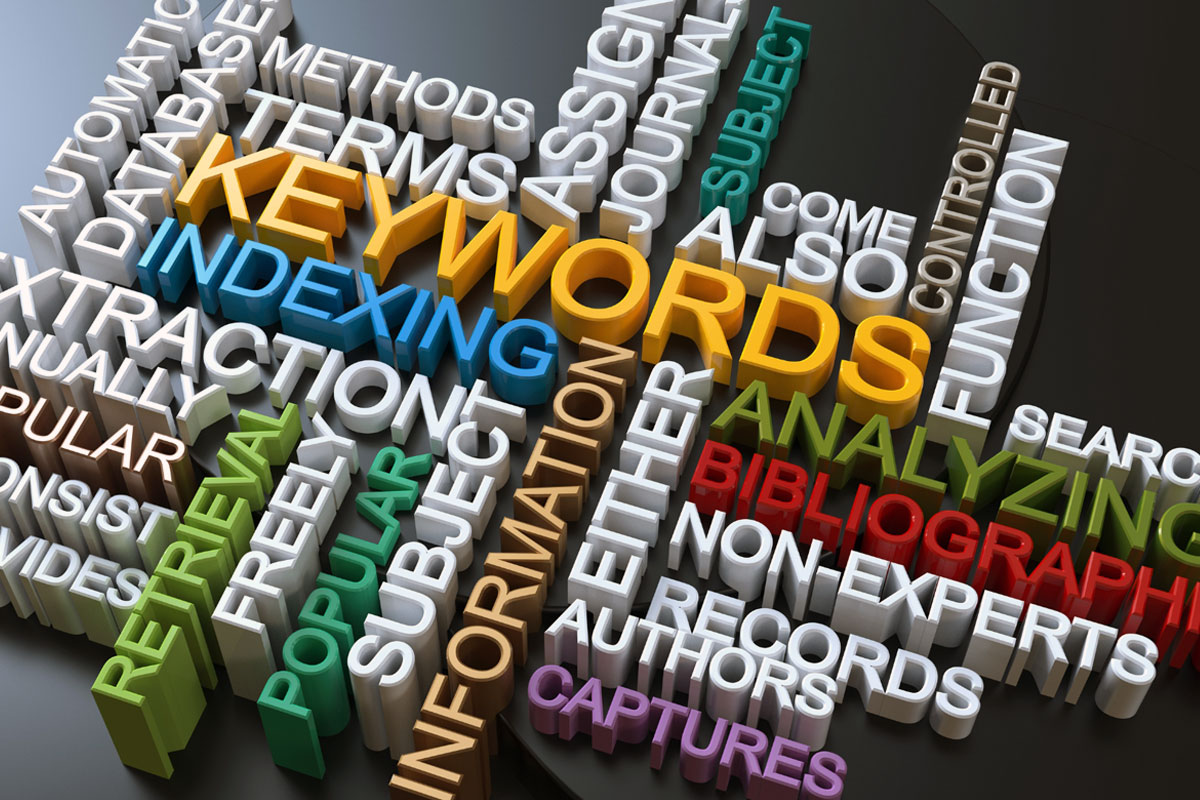
Understanding how search engines crawl and index websites is vital for Technical SEO. This article will discuss techniques to optimize crawling and indexing, supported by case studies of successful strategies. By improving these processes, you can ensure that your site is fully accessible to search engines.
Understanding How Search Engines Crawl and Index Websites
Crawling and indexing are the processes search engines use to discover, understand, and store web pages.
- Crawling:
- Definition: Crawling is the process by which search engines use bots (crawlers or spiders) to discover new and updated pages on the web.
- Mechanism: Bots follow links from known pages to new pages, creating a map of interconnected content.
- Frequency: The frequency of crawling depends on the site’s authority, content updates, and the crawl budget allocated by search engines.
- Indexing:
- Definition: Indexing is the process by which search engines analyze and store the information gathered during crawling.
- Mechanism: Search engines evaluate the content, metadata, and context of pages to determine their relevance to search queries.
- Storage: Indexed pages are stored in a massive database, ready to be retrieved in response to user searches.
Techniques to Optimize Crawling and Indexing
- Create and Submit an XML Sitemap:
- Purpose: An XML sitemap provides search engines with a roadmap of all the important pages on your site.
- Implementation: Create an XML sitemap and submit it to Google Search Console and Bing Webmaster Tools.
- Update Frequency: Keep the sitemap updated with new and removed pages.
- Optimize Robots.txt File:
- Purpose: The robots.txt file guides search engine bots on which pages to crawl and which to avoid.
- Best Practices: Ensure critical pages are not blocked, and use it to exclude non-essential or duplicate pages.
- Testing: Use the robots.txt tester in Google Search Console to check for errors.
- Use Internal Linking Strategically:
- Purpose: Internal links help search engines discover new pages and understand the site’s structure.
- Best Practices: Use a logical linking structure, linking to important pages from within your content.
- Maintenance: Regularly audit internal links to avoid broken links.
- Implement Canonical Tags:
- Purpose: Canonical tags help prevent duplicate content issues by indicating the preferred version of a page.
- Best Practices: Use canonical tags on pages with similar or duplicate content to direct search engines to the original.
- Testing: Validate canonical tags using tools like Screaming Frog.
- Enhance Page Load Speed:
- Purpose: Fast-loading pages improve crawl efficiency and user experience.
- Techniques: Optimize images, minify CSS and JavaScript, and leverage browser caching.
- Monitoring: Use tools like Google PageSpeed Insights and GTmetrix to monitor and improve speed.
- Ensure Mobile-Friendliness:
- Purpose: Mobile-friendly sites are prioritized by search engines in mobile-first indexing.
- Techniques: Use responsive design, optimize for mobile speed, and ensure easy navigation.
- Testing: Use Google’s Mobile-Friendly Test to ensure proper mobile optimization.
- Manage URL Parameters:
- Purpose: URL parameters can cause duplicate content and waste crawl budget.
- Best Practices: Use parameter handling in Google Search Console to instruct how search engines should treat URL parameters.
- Testing: Regularly review parameter behavior and adjust settings as necessary.
Optimizing an E-commerce Site’s Crawling and Indexing
Problem: An e-commerce site had a large number of product pages, leading to inefficient crawling and indexing.
Solution:
- XML Sitemap: Created and submitted a comprehensive XML sitemap.
- Robots.txt Optimization: Updated robots.txt to exclude non-essential pages.
- Internal Linking: Improved internal linking structure to highlight important product pages.
Results:
- Crawl Efficiency: Increased crawl rate by 35%.
- Index Coverage: Improved the number of indexed pages by 25%.
- Organic Traffic: Boosted organic traffic by 20%.
Enhancing Crawl Efficiency for a Content-Rich Website
Problem: A blog with thousands of articles was experiencing crawl budget issues, leading to delayed indexing of new content.
Solution:
- Canonical Tags: Implemented canonical tags to address duplicate content.
- Page Speed: Enhanced page load speed by optimizing images and minifying CSS/JavaScript.
- Internal Linking: Established a strategic internal linking framework.
Results:
- Crawl Rate: Improved crawl efficiency by 40%.
- Indexing Speed: Reduced time to index new content by 50%.
- User Engagement: Increased user engagement metrics by 15%.
Optimizing crawling and indexing is essential for ensuring that your website is fully accessible to search engines, which can significantly improve your search visibility and organic traffic. By implementing the techniques discussed and learning from the case studies, you can enhance your site’s crawlability and indexability. The next article in this series will focus on technical SEO tips specifically for e-commercehttps://seoconsultingexperts.com/technical-seo-tips-for-online-stores/ websites, helping you navigate the unique challenges and opportunities in this space.

